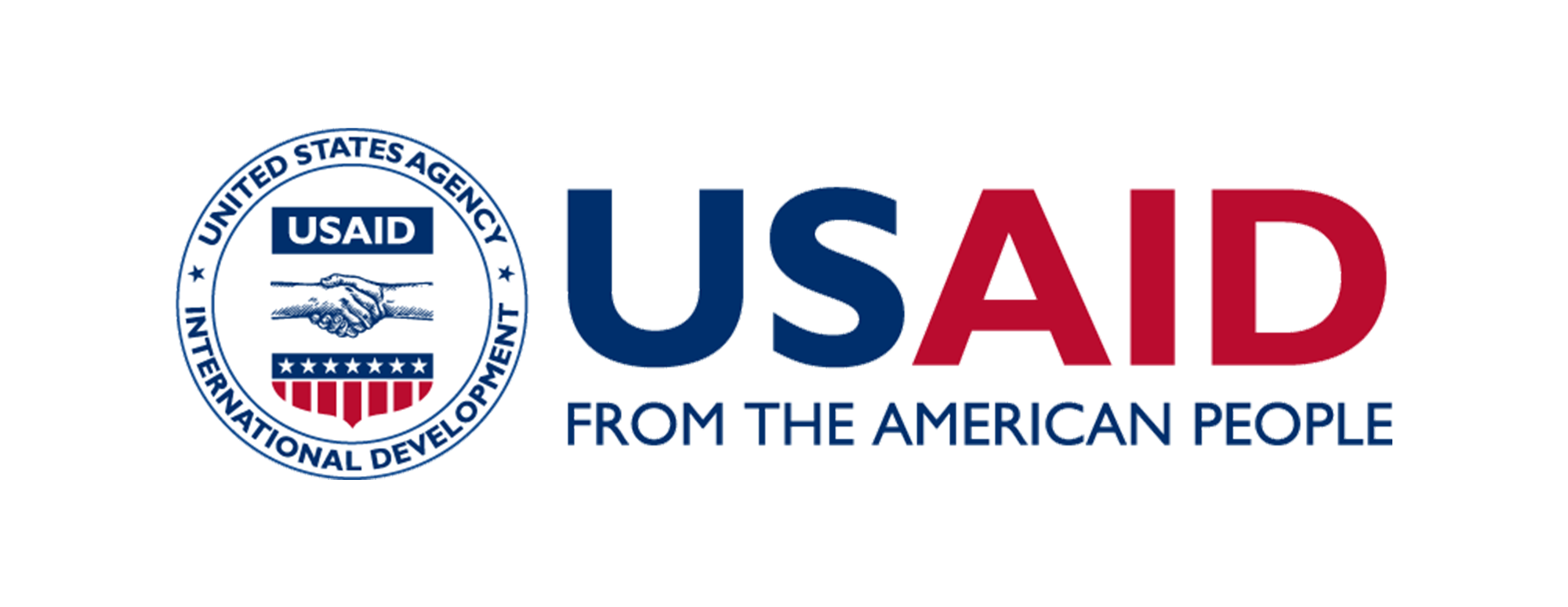Another holidays season public consultations - Energy Sector Development Strategy
09. Aug 2024.
The Ministry of Mining and Energy is conducting public consultations on the draft Energy Sector Development Strategy of the Republic of Serbia until 2040, with projections extending to 2050. This notice was published on July 15 on the ministry's website and the e-consultations portal.
Conducting public consultations during the vacation or holiday season has become a practice in recent years. For instance, the Integrated National Energy and Climate Plan (NECP), one of the most significant documents in the field of energy and climate change and a crucial tool for implementing the energy transition and addressing the adverse effects of climate change, was open for public debate from June 12 to July 28, 2023.
This trend is inconsistent with the Aarhus Convention, which is based on the principles of transparency, accessibility, and public participation in environmental decision-making. Inviting the public to engage in the development of important strategic and planning documents during vacation or holiday periods can lead to reduced trust in decision-making processes and negatively impact the quality of such decisions.
Strategy in Theory and Practice
The Law on the Planning System defines a strategy as a public policy document that comprehensively determines the strategic course of action in a specific area.
Among other requirements, the strategy must include objectives that are clearly defined, measurable, acceptable, realistic, and time-bound, as well as measures that contribute to the achievement of these objectives, along with an analysis of the effects of these measures on individuals, legal entities, and the budget.
This is what the law stipulates. On the other hand, the draft Strategy currently under public review contains many ambiguous formulations and measures without specified deadlines. For example, some of the goals are "Continuous reduction of greenhouse gas emissions" and "Increased use of renewable energy sources for heat production." Such goals are neither measurable nor time-bound, which further complicates the monitoring of their achievement.
It is also noteworthy that the vision promoted by this Strategy is for the domestic energy sector to be as carbon-neutral as possible by 2050. This practically means abandoning the commitment to cease the use of fossil fuels by mid-century, which contradicts the obligations undertaken by signing the Paris Agreement, the Green Agenda for the Western Balkans, and commitments of Serbia to the Energy Community.
Main Deficiencies
The draft Strategy inadequately defines the role of citizens as key stakeholders in the energy transition, which represents a significant shortcoming. Prosumers are mentioned only once, while renewable energy communities sources and/or energy cooperatives, which could significantly contribute to local energy production and consumption, are not mentioned at all. Including these stakeholders in the Strategy is essential for democratizing the energy sector and engaging all relevant parties in the transition to more sustainable energy systems.
The Strategy does not elaborate on the concept of a just energy transition, and this issue is deferred to another document – the Action Plan for a Just Transition, which has not yet been developed nor can we ascertain from the Strategy when it will be completed. Additionally, the consideration of nuclear energy, which is anticipated for the period after 2040, is notable.
The most significant shortcoming of the Strategic Environmental Impact Assessment Report pertains to the consideration of alternative solutions (various scenarios) from the standpoint of environmental protection and the assessment of their impacts, along with a description of measures to prevent and mitigate negative effects. The Report's authors, first and foremost, failed to present all reasonable alternatives. There is no alternative solution that assumes Serbia will be carbon-neutral by 2050 at the latest (contrary to the mistaken view of the Strategy’s author that the country can be “as carbon-neutral as possible”—a state is either carbon-neutral or it is not), despite the obligations the Republic of Serbia has undertaken in the process of accession to the European Union. Report presented two alternative solutions to the public, both of which entail non-compliance with national and international frameworks, differing only in the intensity and degree of regulatory breaches. The Report's author does not, in any way, determine the impacts of the multiple exceedances of allowable annual emissions from the thermal power plants encompassed by the National Emission Reduction Plan (NERP) from old large combustion plants, nor does it assess the impacts of the continued operation of thermal energy facilities.
The Republic of Serbia was obligated to inform and provide all relevant documentation to the states potentially affected by the activities envisaged in the Energy Sector Development Strategy, so that they could make it available for public review in their countries no later than the time when the said draft Strategy was made available to the public in the Republic of Serbia. However, according to information received by the Regulatory Institute for Renewable Energy and Environmental Protection (RERI) from the Ministry of Environmental Protection, this Ministry only began the process of preparing for the conduct of cross-border consultations on July 25.
We will soon publish and present detailed comments on the draft Energy Sector Development Strategy. The deadline for submitting comments to the Ministry of Mining and Energy is August 15. Although the public consultations is taking place during the summer vacation period, we believe it is important for the broader community of experts and the general public to participate and contribute in order to enhance the quality of the Strategy and to chart a path towards a just and energy-carbon-neutral future for Serbia.
All documentation related to the public debate is available HERE.
Photo source: Canva
